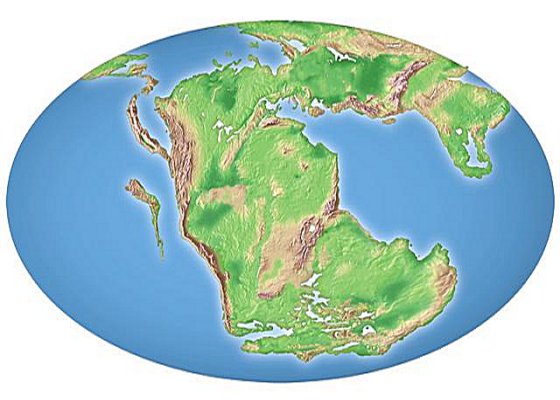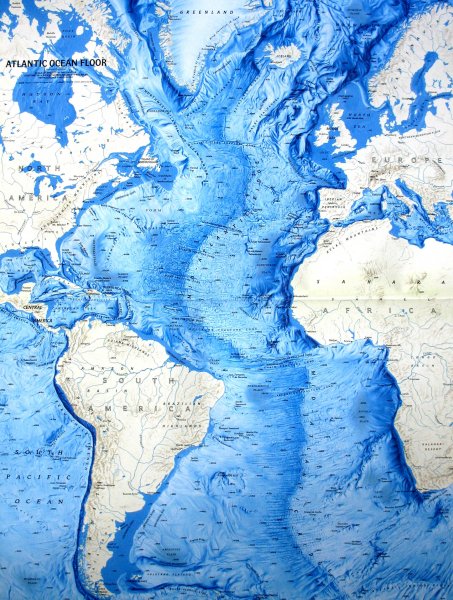Atlantic Ocean Has Started Closing – Europe And America Could Be Joined In 220 Million Years
MessageToEagle.com – A new subduction zone is forming off the coast of Portugal. The process means the beginning of a cycle that will see the Atlantic Ocean close as continental Europe moves closer to America.
According to a new research led by Monash University, geologists has detected the first evidence that a passive margin in the Atlantic ocean is becoming active.
Subduction zones, such as the one beginning near Iberia, are areas where one of the tectonic plates that cover the Earth’s surface dives beneath another plate into the mantle – the layer just below the crust.
The team mapped the ocean floor and found it was beginning to fracture, indicating tectonic activity around the apparently passive South West Iberia plate margin, lead author Dr João Duarte, from the School of Geosciences informed.
“What we have detected is the very beginnings of an active margin – it’s like an embryonic subduction zone,” Dr Duarte said.
“Significant earthquake activity, including the 1755 quake which devastated Lisbon, indicated that there might be convergent tectonic movement in the area.”
See also:
Stunning View Of What Supercontinent Pangea Looks Like Mapped With Modern Borders
Remnants Of The Lost Polar Continent Arctida-1 & Arctida-2 Still Exist – Scientists Say
Amasia – New Future Supercontinent
The incipient subduction in the Iberian zone could signal the start of a new phase of the Wilson Cycle – where plate movements break up supercontinents, like Pangaea, and open oceans, stabilise and then form new subduction zones which close the oceans and bring the scattered continents back together.

This break-up and reformation of supercontinents has happened at least three times, over more than four billion years, on Earth. The Iberian subduction will gradually pull Iberia towards the United States over approximately 220 million years.
The findings provide a unique opportunity to observe a passive margin becoming active – a process that will take around 20 million years. Even at this early phase the site will yield data that is crucial to refining the geodynamic models.
“Understanding these processes will certainly provide new insights on how subduction zones may have initiated in the past and how oceans start to close,” Dr Duarte said.
MessageToEagle.com











